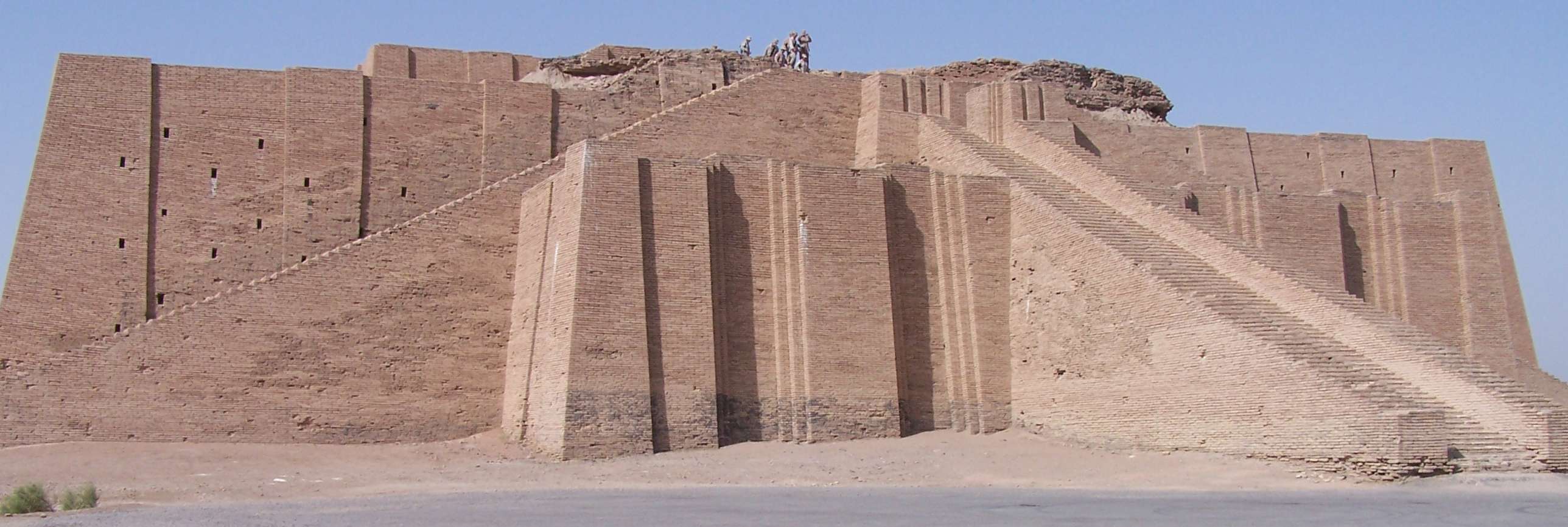The Tower of Babel
Genesis 11 relates an account often described as an “origin myth of languages”.
Now the whole world had one language and a common speech. As people moved eastward, they found a plain in Shinar and settled there. They said to each other, “Come, let’s make bricks and bake them thoroughly.” They used brick instead of stone, and tar for mortar.
Then they said, “Come, let us build ourselves a city, with a tower that reaches to the heavens, so that we may make a name for ourselves.” But the Lord said, “If as one people speaking the same language they have begun to do this, then nothing they plan to do will be impossible for them. Come, let us go down and confuse their language so they will not understand each other.”
So the Lord scattered them from there over all the earth, and they stopped building the city. That is why it was called Babel–because there the Lord confused the language of the whole world. From there the Lord scattered them over the face of the whole earth. (Gen 11:1-9)
In the context of Genesis, the account relates primarily to man’s arrogance–and possibly his attempt to survive any new flood–and God’s humbling of him; the Bible tends to be less interested in relating cultural histories. And the Tower of Babel is certainly not mythological. Remains of Ziggurats, Babylonian towers made of baked mud bricks, have been found in modern day Iraq, at Etemenanki and at Ur. The latter was reconstructed in the 1980s by, of all people, Saddam Hussein, though parts of the original remain visible.
The babble will find a partial reversal in Acts 2, when Jesus’ followers are gathered for the day of Pentecost, along with a wide array of international visistors. And somehow, “each one heard their own language being spoken” (Acts 2:6)
And more than just language would be fixed. If the Babel represented the deconstruction of man’s hubris, Pentecost displayed the reversal of man’s despair. Centuries after Babel, God’s nation of Israel would be reduced to an occuppied stump; descended–as is man’s inevitable tendency–into legalism and factionalism.
But from the “stump of Jesse” (the line of King David) would emerge a shoot, and from his roots a Branch would bear fruit (Isaiah 11:1). Jesus would be the “one true vine,” into which we could all be grafted, able finally to unite. He would tell his followers, “If you remain in me and I in you, you will bear much fruit.” (John 15:5).
After Pentecost we will start to see the disciples bear this fruit, as they bring the gospel of Jesus’ sacrifice to the nations. At Pentecost, Peter would explain to the–somewhat bemused–audience what it had taken to reverse the curse of Babel:
Jesus of Nazareth was a man accredited by God to you by miracles, wonders and signs, which God did among you through him, as you yourselves know. This man was handed over to you by God’s deliberate plan and foreknowledge; and you, with the help of wicked men, put him to death by nailing him to the cross.
But God raised him from the dead, freeing him from the agony of death, because it was impossible for death to keep its hold on him… God has raised this Jesus to life, and we are all witnesses of it.
Exalted to the right hand of God, he has received from the Father the promised Holy Spirit and has poured out what you now see and hear … Therefore let all Israel be assured of this: God has made this Jesus, whom you crucified, both Lord and Messiah. (Acts 2:22-36)
